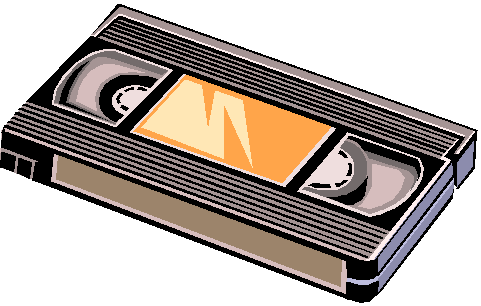
Finding What Is Available
For most small libraries, finding out what materials are available would seem to be the least of their problems. Every day librarians receive catalogs, flyers and phone calls from vendors who are anxious to sell them books and other library materials. Most libraries would have little trouble spending their materials budgets if they simply purchased everything that was "pitched" to them by publishers.
Finding out what is available can be a problem when the librarian is seeking out information on specific subjects, however. For example, let's say that a client recommends that the library purchase a specific title, but you have never heard of it. Or let's say that your library was given some money to purchase materials on Uganda in Africa, a country in which a local business has just begun working. The donor wants up-to-date books. How do you find out what has been published on Uganda in the last three years?

Although it is not possible to find every title or everything that has been published about a specific subject, there are a number of sources that can help you find many items. Sources that give lists of books and other materials that are currently available or have been available in the past are called bibliographic sources. Good bibliographic sources generally will give you vital information about the material, including the publisher or producer and the price. A list of such bibliographic sources appears below. Hyperlinks lead to further information about these sources, including in many cases, the price.
Books in Print (sometimes referred to by librarians as BIP) is a comprehensive list of books that have been listed in many publishers' catalogs. Published by Bowker, it is arranged by author and by title. It is augmented by a number of products, including a Subject Guide to Books in Print, which provides a subject index to the books listed in BIP and Forthcoming Books which updates the listing in Books in Print bi-monthly. Books in Print is now available on-line and in CD -ROM format, which makes it easier to search and more up-to-date. Unfortunately, the Books in Print products are quite expensive, and most small libraries do not have access to the most recent editions. Some libraries do get hand-me-downs from larger libraries in their area, but this means that their editions are typically a few years out of date.
On-line book stores. With the coming of the Internet, smaller libraries now have access to a number of bibliographic sources that were not available to them in the past. Although it is important to remember that the purpose of on-line book stores is to make money by selling books and other products, they can provide bibliographic information that can be valuable for libraries. Their lists will not be as comprehensive as BIP, because they normally will list only books that they believe that they can sell. In many cases, you will be able to get search results based on publication date and advanced search features allow a relatively sophisticated level of searching. Two of the more famous on-line book stores are Amazon.Com and BarnesandNoble.Com. Our listing of these two stores is as examples only and does not imply that they are preferred over other vendors.
The standard bibliographic reference for periodicals is Ulrich's International Periodical Directory, which is published by Bowker. It includes periodicals from 80,000 publishers world-wide as well as 20,000 electronic serial publications and 6,700 American newspapers.
Finding information on non-print sources of information is somewhat more difficult. Because books have been around for centuries and because they come in a standard format, publishers and librarians have had the time and experience to develop powerful tools for bibliographic control. The same kinds of tools are now being developed for non-print materials, but the changes in formats and the lack of experience with the new media make the task more difficult. Below are some sources that libraries might find useful.

For video productions, two valuable tools are the Gale Group's The Video Source Book and Bowker's Complete Video Directory. Bowker's Books Out Loud: Bowker's Guide to Audiobooks lists approximately 75,000 spoken word audiocassettes and CD's. Again these are expensive reference works, so another option is to use on line bookstores that carry audio and video products. Both Amazon and Barnes and Noble, for example, also offer videos and audiotapes and CD's, although these will tend to be the more popular kinds of video and audio productions. You can search for videos on more technical subjects by title on the Internet using a variety of search engines. Often the first step in a search for a informational video may be a general search by title on the Internet. If the producer's catalog is on-line, this may be the fastest way to find information about the title.

For computer based information a good reference source for finding software is the Gale Directory of Databases. Gale focuses on both online databases and databases on CD-ROM's, diskettes, magnetic tapes and other kinds of computer accessed products. As with the sources above, these reference materials are expensive, and only larger libraries will normally be able to afford them.
Click the
arrow below to continue to the next page